Introduction
Zongzi, a traditional Chinese food, holds a special place in the hearts of many during the Dragon Boat Festival. These sticky rice dumplings wrapped in bamboo leaves are not only delicious but also carry cultural significance. Among the various shapes and fillings, triangular zongzi are perhaps the most iconic and widely recognized. They symbolize harmony, unity, and the spirit of the festival.
In this comprehensive guide, we will walk you through the process of making delicious triangular zongzi from scratch. From preparing the ingredients to perfecting the wrapping technique, we’ll cover every detail to ensure your zongzi turn out perfectly. Whether you’re a seasoned chef or a novice in the kitchen, this guide will provide you with the knowledge and skills needed to create authentic triangular zongzi.
Section 1: Understanding the Basics
Before diving into the recipe, it’s essential to understand the basics of making zongzi. Zongzi are made primarily from glutinous rice, which is soaked in water to soften it before wrapping. The filling can vary widely, from sweet options like red bean paste and dates to savory choices like pork and salted duck egg yolks. Bamboo leaves serve as the wrapper, giving the zongzi their distinctive flavor and aroma.
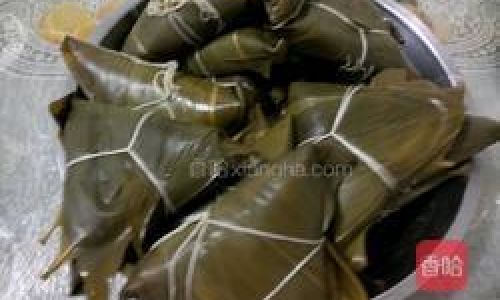
Ingredients:
- Glutinous rice: The foundation of zongzi, soaked overnight to soften.
- Bamboo leaves: Fresh or dried, soaked in hot water to soften and clean.
- Fillings: Sweet options include red bean paste, dates, and lotus seed paste. Savory options include pork belly, salted duck egg yolks, mushrooms, and shrimp.
- Binding material: Cotton string or bamboo strips to tie the zongzi.
- Seasonings: Salt, soy sauce, five-spice powder, and Shaoxing wine for savory fillings.
Tools and Equipment:
- Large bowl for soaking rice and leaves.
- Pot for boiling the zongzi.
- Large spoon or ladle for handling the sticky rice.
- Scissors for trimming bamboo leaves.
- Cotton string or bamboo strips.
Section 2: Preparing the Ingredients
Step 1: Soaking the Glutinous Rice
- Rinse the glutinous rice under cold running water until the water runs clear.
- Place the rinsed rice in a large bowl and cover with water. Soak overnight or for at least 4-6 hours. This step is crucial as it softens the rice, making it easier to wrap and cook.
Step 2: Preparing the Bamboo Leaves
- If using fresh bamboo leaves, rinse them thoroughly under cold running water. If using dried leaves, soak them in hot water for about 30 minutes until they soften.
- Use a soft brush or cloth to gently clean the leaves, removing any dirt or debris.
- Pat the leaves dry with a clean towel. Trim the stems if they are too long or uneven.
Step 3: Preparing the Fillings
For sweet fillings:
- Red bean paste: Ready-made or homemade, ensure it is smooth and free of lumps.
- Dates: Pit and chop into small pieces.
- Lotus seed paste: Smooth and sweet, ready to use.
For savory fillings:
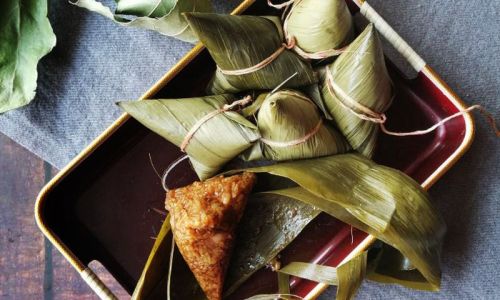
- Pork belly: Cut into small cubes, marinate with salt, soy sauce, five-spice powder, and Shaoxing wine for at least 2 hours.
- Salted duck egg yolks: Rinse under cold water and pat dry.
- Mushrooms and shrimp: Soak dried mushrooms in water until softened, then chop. Peel and devein shrimp, marinate with salt and pepper.
Section 3: Wrapping the Triangular Zongzi
Wrapping zongzi can be challenging, but with practice, you’ll get the hang of it. Here’s a step-by-step guide to wrapping triangular zongzi:
Step 1: Preparing the Bamboo Leaf
- Take one bamboo leaf and fold it in half lengthwise, creating a crease in the middle.
- Open the leaf and place it on a flat surface with the crease facing you.
Step 2: Adding the Rice and Filling
- Spoon a layer of soaked glutinous rice onto the center of the leaf, spreading it out slightly.
- Place your chosen filling on top of the rice. For savory zongzi, you can add a piece of pork belly, a salted duck egg yolk, mushrooms, and shrimp. For sweet zongzi, add a spoonful of red bean paste, dates, or lotus seed paste.
- Spoon another layer of rice over the filling, ensuring it covers the filling completely.
Step 3: Folding the Leaf
- Fold the bottom of the leaf up over the rice and filling, creating a small pouch.
- Fold the two sides in towards the center, overlapping them slightly.
- Carefully fold the top of the leaf down over the pouch, securing the filling and rice inside.
Step 4: Shaping and Binding
- With your hands, gently shape the zongzi into a triangle.
- Use cotton string or bamboo strips to tie the zongzi securely. Make sure the string is tight enough to hold the zongzi together but not too tight that it squeezes out the rice.
Section 4: Cooking the Zongzi
Step 1: Boiling the Zongzi

- Fill a large pot with enough water to fully submerge the zongzi.
- Bring the water to a rolling boil.
- Carefully place the zongzi in the pot, ensuring they are not overcrowded.
- Reduce the heat to a simmer and cook the zongzi for about 2-3 hours, depending on their size. For larger zongzi, you may need to cook them for longer.
Step 2: Checking for Doneness
- After the cooking time is up, remove one zongzi and let it cool slightly.
- Carefully unwrap it to check the doneness of the rice and filling. The rice should be sticky and cooked through, and the filling should be tender.
Step 3: Cooling and Serving
- Once all the zongzi are cooked, remove them from the pot using a slotted spoon and let them cool on a wire rack.
- You can serve the zongzi warm or at room temperature. For best results, reheat them gently before serving.
Section 5: Tips and Tricks for Perfect Zongzi
- Soaking Time: Ensure the glutinous rice and bamboo leaves are soaked for the recommended time. This will make wrapping and cooking much easier.
- Wrapping Technique: Practice wrapping a few zongzi before starting with the main batch. It takes time to perfect the triangular shape and secure wrapping.
- Cooking Time: Cooking time may vary depending on the size and density of the zongzi. Always check for doneness by unwrapping one zongzi before removing all from the pot.
- Storage: Leftover zongzi can be stored in the refrigerator for up to a week. Reheat them gently in the microwave or on the stove to maintain their texture and flavor.
- Experimenting with Fillings: Don’t be afraid to experiment with different fillings and flavors. Zongzi are a versatile dish that can be adapted to suit various tastes and preferences.
Conclusion
Making triangular zongzi may seem like a daunting task, but with this comprehensive guide, you’ll be able to create delicious and authentic zongzi that will impress your friends and family. From preparing the ingredients to perfecting the wrapping technique and cooking the zongzi, we’ve covered every step to ensure your success. So, the next time the Dragon Boat Festival rolls around, why not give making your own zongzi a try? It’s a rewarding experience that brings a sense of accomplishment and a deeper connection to Chinese culture. Enjoy your cooking journey and happy Dragon Boat Festival!

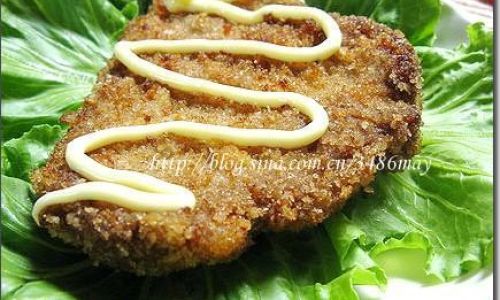
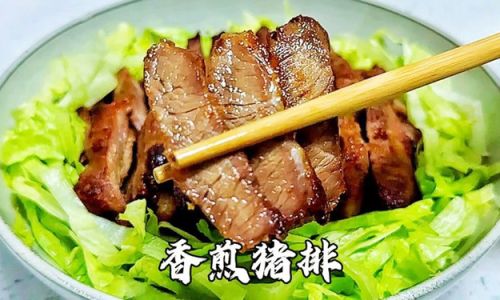


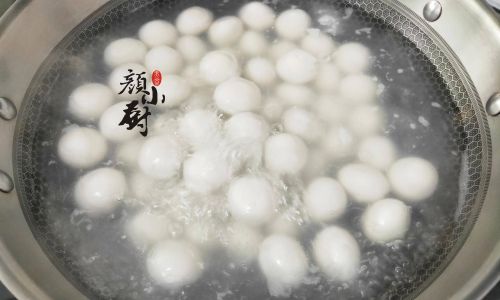
0 comments